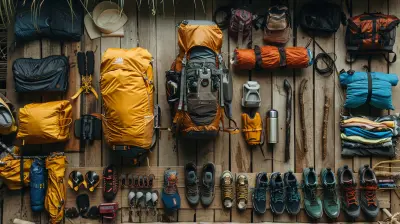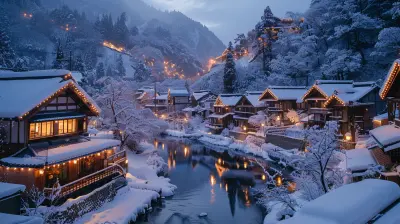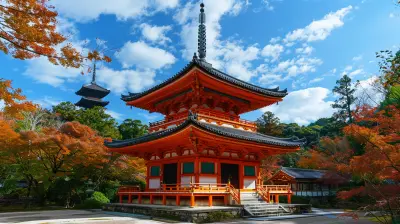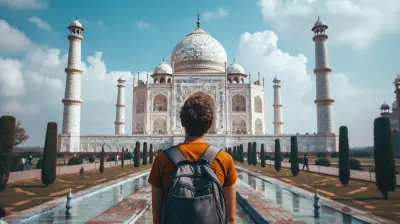Trekking Through Places Few Have Walked
3 June 2025
Have you ever dreamt of venturing into the wild, treading paths where few human feet have touched? There’s something profoundly exhilarating about trekking through remote landscapes—places that remain untouched by mass tourism, where nature thrives in its purest form.
These are places where maps fade into uncertainty, where the only sounds are the whispers of the wind and the distant call of a bird. If you crave adventure beyond the usual trails, this guide is for you. Strap on your boots, because we’re going off the beaten path! 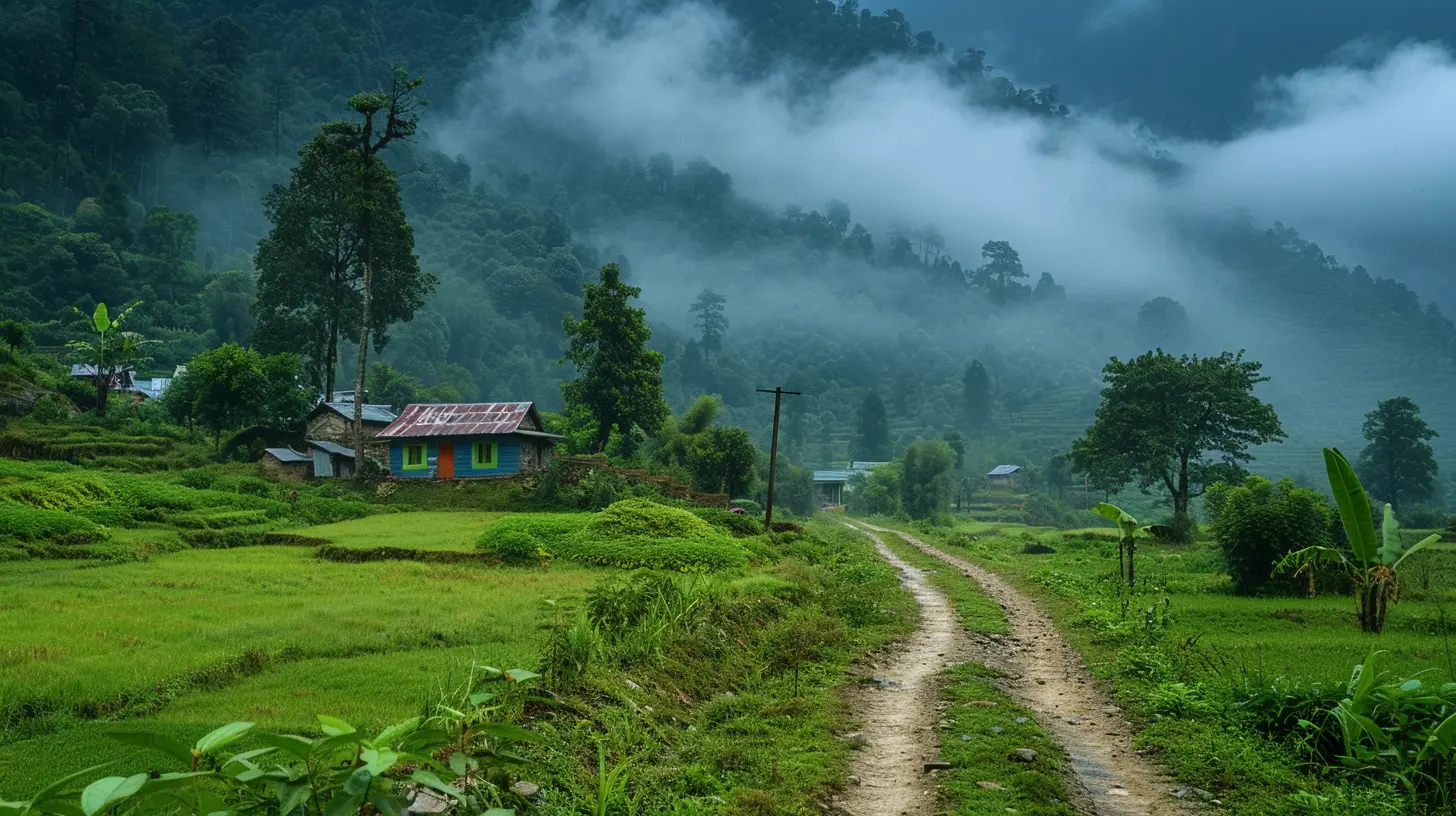
Why Trek Where Few Have Walked?
Why do some of us feel drawn to the wild unknown? The answer lies in the thrill of discovery—of stepping into landscapes unspoiled by crowds, of feeling like an explorer in a modern world where there are few blank spaces left on the map.Escape the Tourist Overload
Popular trekking trails, like Everest Base Camp or the Inca Trail, are stunning, no doubt. But they’re also crowded, with hundreds of hikers trudging the same paths daily. Trekking through lesser-known trails offers peace, solitude, and an authentic connection with nature.Personal Growth and Challenge
Uncharted paths demand more from you—physical endurance, mental resilience, and navigational skills. Without well-marked trails and tourist facilities, you're often left to rely on your instincts and adaptability. And trust me, that’s where the real adventure lies.A Deeper Connection with Nature
Imagine walking through a valley where the only footprints are yours. These remote places remain largely untouched, meaning more wildlife, pristine landscapes, and an overwhelming sense of nature in its rawest form.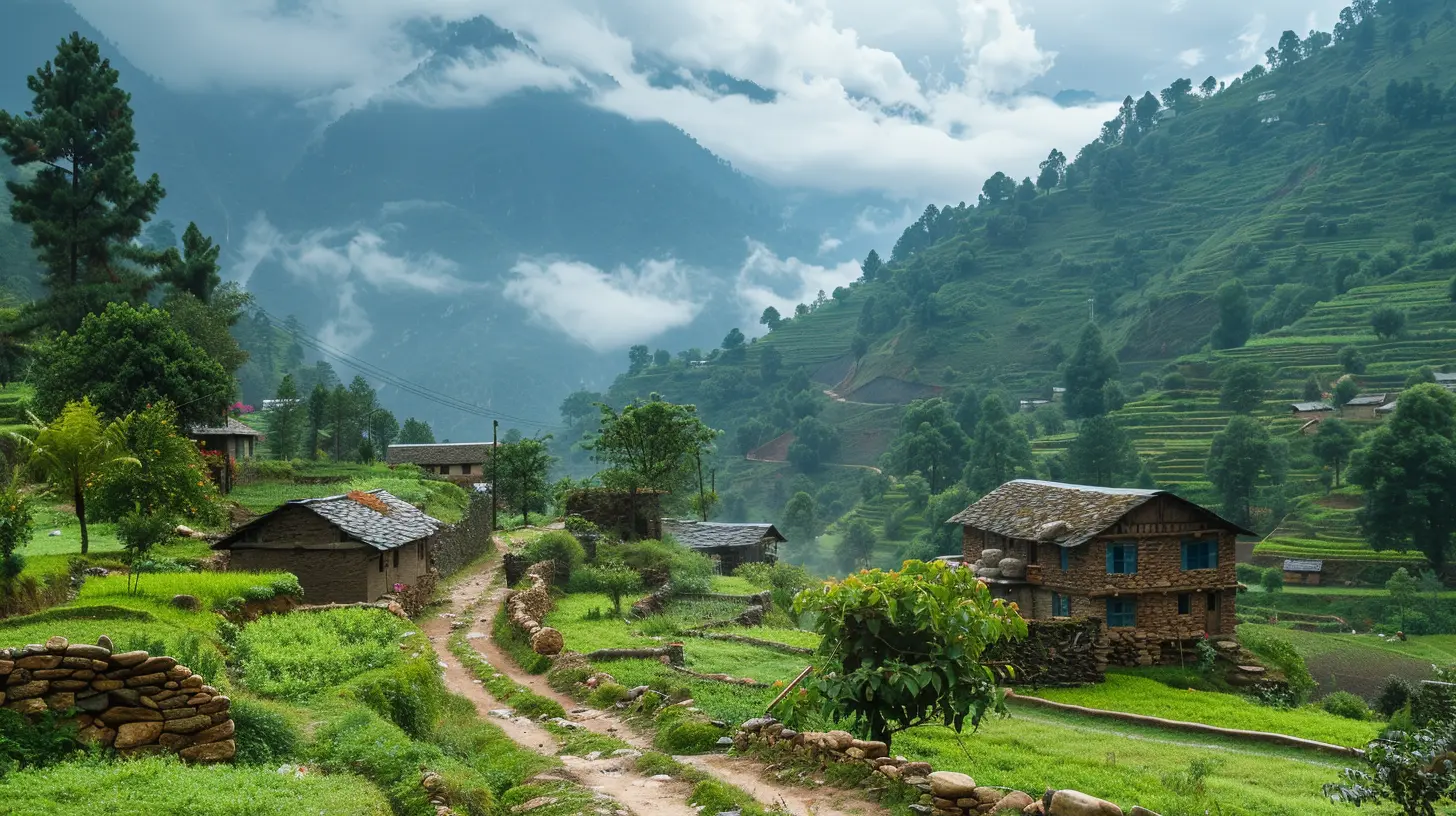
Remote Treks That Few Have Attempted
Ready to step off the well-known trails? Here are some of the world’s most untouched trekking destinations:1. The Tsaratanana Massif, Madagascar
Madagascar is famous for its diverse wildlife, but few trekkers venture into the rugged Tsaratanana Massif in the northern part of the island.- Why It’s Special: Home to Madagascar’s highest peak, Maromokotro (2,876m), this region is an isolated wonderland of deep forests, rare species, and untouched highlands.
- What to Expect: No marked trails, unpredictable weather, and an incredible sense of remoteness.
This trek demands tough navigation skills and endurance, but the reward? Seeing Madagascar like few ever have.
2. The Djangart Valley, Kyrgyzstan
Kyrgyzstan is a paradise for trekkers who crave solitude, and the Djangart Valley is one of its most isolated and least-explored regions.- Why It’s Special: Towering peaks, glaciers, and complete seclusion.
- What to Expect: No villages, no established routes—just raw, breathtaking wilderness.
Only a handful of adventurers venture here each year, making it one of the purest trekking experiences on Earth.
3. The Maze, Canyonlands National Park, USA
This is one of the most remote trekking destinations in the United States. Aptly named "The Maze," this labyrinth of stunning rock formations is as challenging as it is beautiful.- Why It’s Special: Complex, twisting canyons that feel like another planet.
- What to Expect: Extreme remoteness—rescue here can take days.
It’s a place that demands experience, preparation, and strong route-finding skills. But if you crack the code, you’ll witness landscapes straight out of a sci-fi movie.
4. Zanskar Gorge, India
The Zanskar region in northern India is a place of surreal beauty, with towering cliffs and a frozen river trek that few have dared to complete.- Why It’s Special: Often called the "Chadar Trek," this journey follows a frozen river through the depths of the Himalayas.
- What to Expect: Ice-cold temperatures, slippery surfaces, and jaw-dropping scenery.
It’s a test of endurance, but it’s also a chance to experience one of the last truly wild frontiers of the Himalayas. 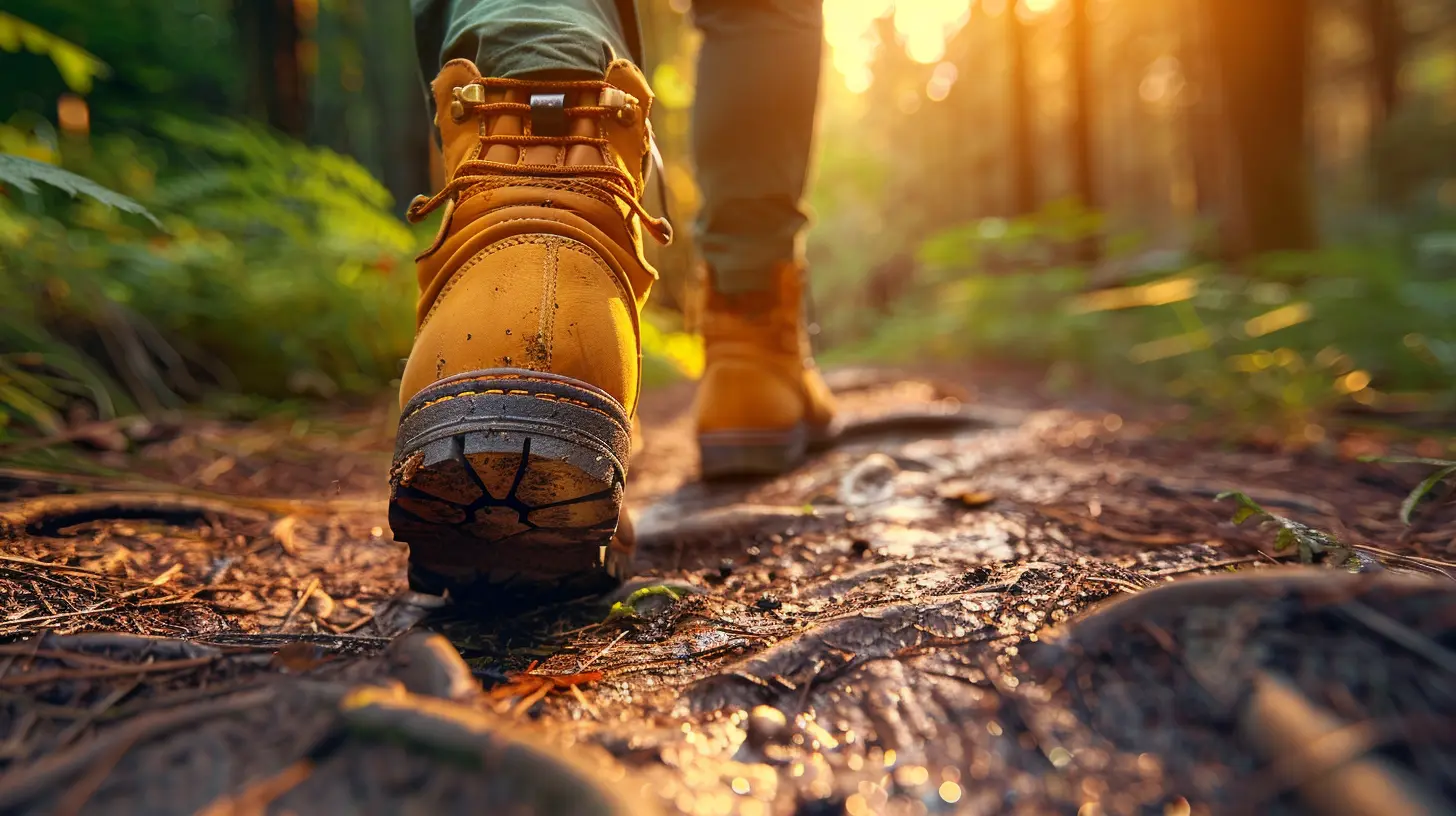
How to Prepare for Off-the-Beaten-Path Treks
Trekking through remote areas isn’t like hiking a well-marked tourist trail. Here’s what you need to keep in mind:Navigation Skills are a Must
GPS devices can fail, and phone signals might be non-existent. That’s why understanding how to use a map and compass is crucial when venturing into unknown terrain.Pack for Complete Self-Reliance
These treks often lack lodges, guides, or even other travelers. You’ll need:- A sturdy tent
- High-calorie food supplies
- A solid water filtration system
- First-aid essentials
- Extra clothing for unpredictable weather
Physical and Mental Preparation
Trekking in remote areas isn't just physically exhausting—it can also be mentally taxing. Imagine days without seeing another soul, harsh environmental conditions, and the ever-present risk of getting lost. Train well before taking on such a challenge.Respect the Environment
These untouched places remain pristine for a reason—because few people go there. Leave no trace, pack out all waste, and minimize your impact. Let's keep these places wild for future adventurers.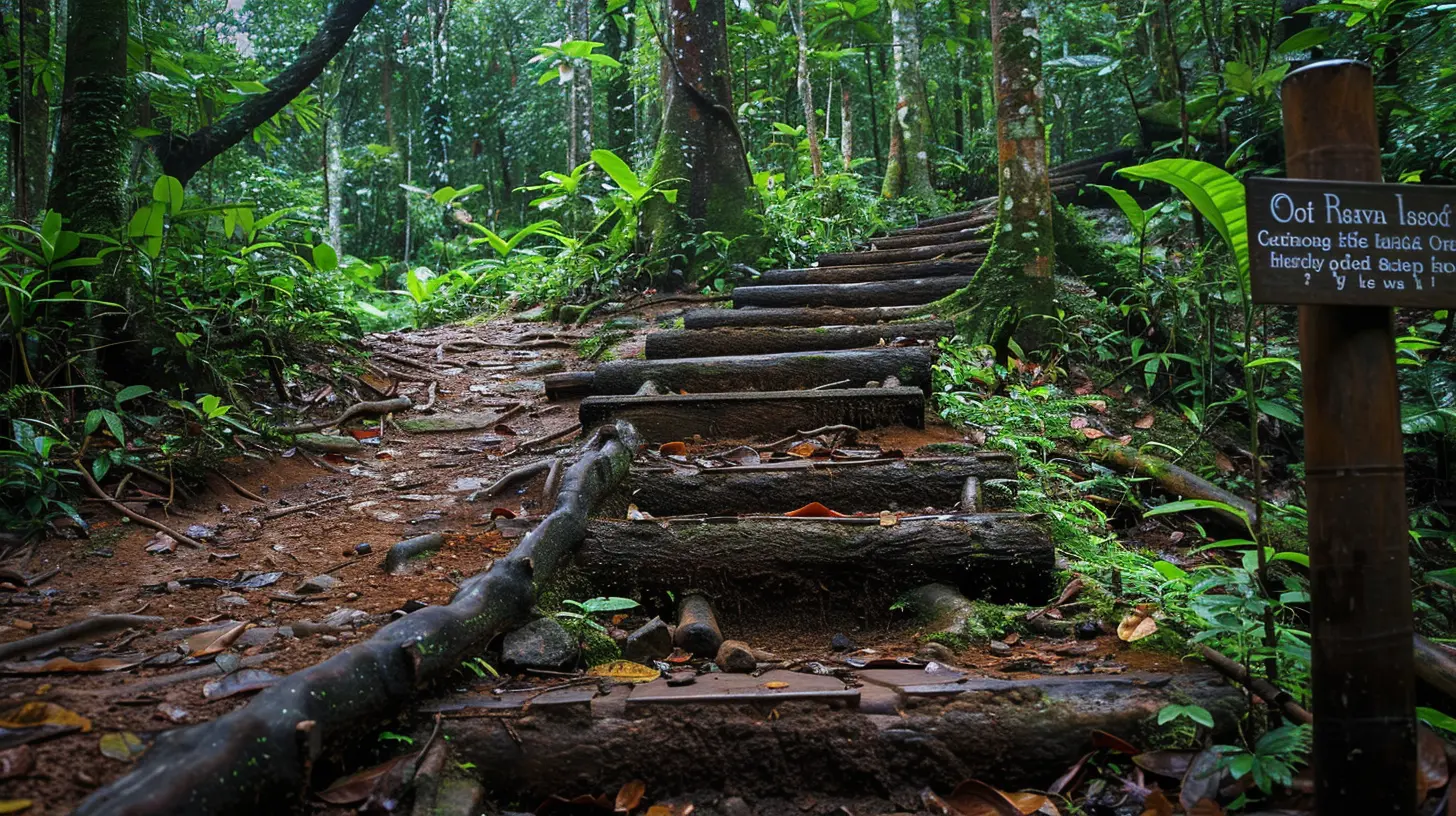
Is Trekking into the Unknown for You?
Not everyone is cut out for this kind of adventure, and that’s okay. But if you have the itch to go beyond standard trails, to push your limits, and to witness sights few ever will, then trekking through the unknown might be calling your name.Sure, it takes effort. It requires planning, endurance, and a sense of adventure. But the reward? Stories that few can tell and experiences that shape you forever.
So, are you ready to step into the wild unknown? The path—or lack thereof—is waiting.
all images in this post were generated using AI tools
Category:
Off The Beaten PathAuthor:

Claire Franklin
Discussion
rate this article
3 comments
Meagan Duffy
What a remarkable journey! Exploring trails less traveled not only connects us with nature but also enriches our souls. Embrace every step and the stories these hidden paths have to share. Happy trekking!
June 12, 2025 at 3:10 AM

Claire Franklin
Thank you! I completely agree—there's something truly special about discovering those hidden paths. Happy trekking to you as well!
Nyx Wolfe
What a fantastic adventure! Your insights inspire us to explore the hidden gems of nature. Trekking off the beaten path opens up unique experiences and unforgettable memories. Keep sharing the journey!
June 9, 2025 at 4:36 PM

Claire Franklin
Thank you for your kind words! I'm thrilled to inspire exploration and share these unique experiences. Happy trekking!
Giovanna Benson
Wow, this article makes me wonder: what hidden treasures might await in those untouched paths? I’d love to hear more about your favorite off-the-beaten-track adventures!
June 4, 2025 at 4:22 AM

Claire Franklin
Thank you! I’d love to share more about my favorite hidden gems—stay tuned for future posts!
